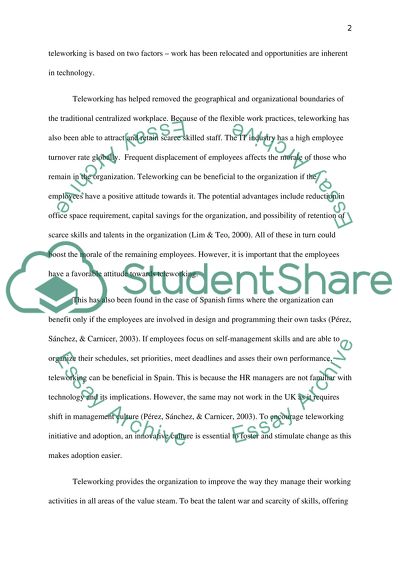Cite this document
(“Pro's and Con's of Telework from the Employers Perspective Research Paper”, n.d.)
Retrieved from https://studentshare.org/information-technology/1457240-pro-s-and-con-s-of-telework-from-the-employers
Retrieved from https://studentshare.org/information-technology/1457240-pro-s-and-con-s-of-telework-from-the-employers
(Pro's and Con'S of Telework from the Employers Perspective Research Paper)
https://studentshare.org/information-technology/1457240-pro-s-and-con-s-of-telework-from-the-employers.
https://studentshare.org/information-technology/1457240-pro-s-and-con-s-of-telework-from-the-employers.
“Pro's and Con'S of Telework from the Employers Perspective Research Paper”, n.d. https://studentshare.org/information-technology/1457240-pro-s-and-con-s-of-telework-from-the-employers.


